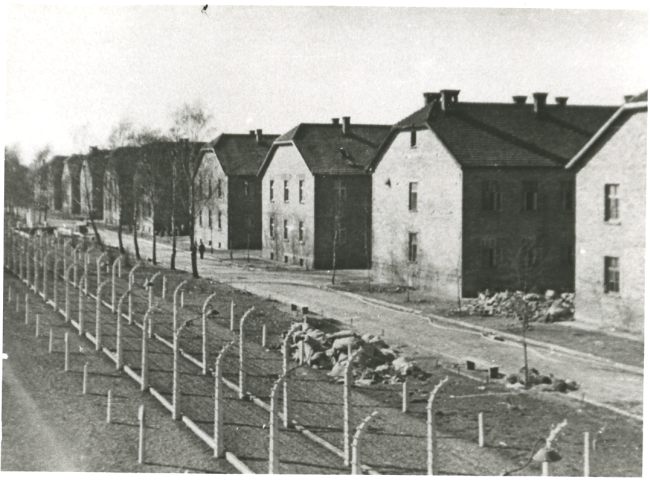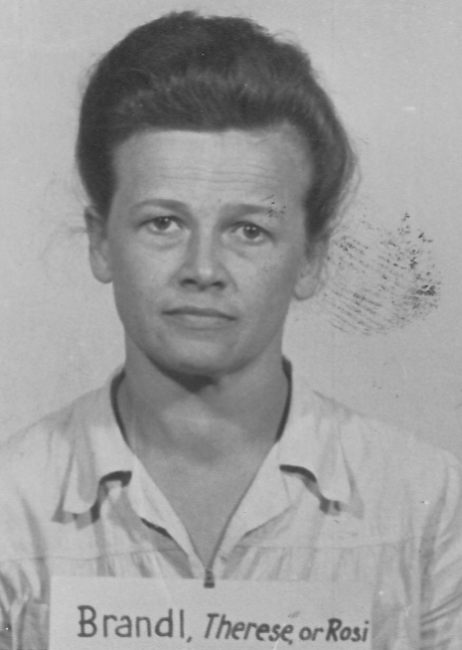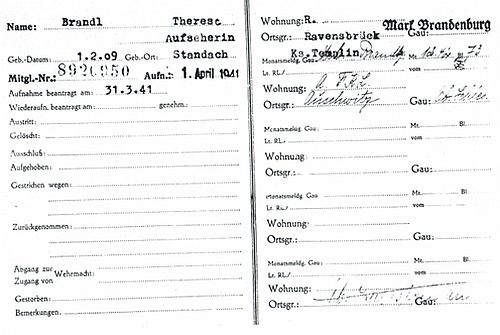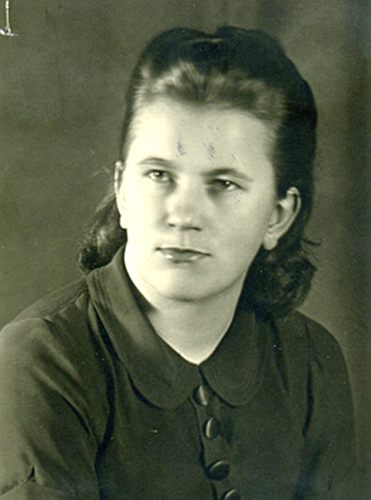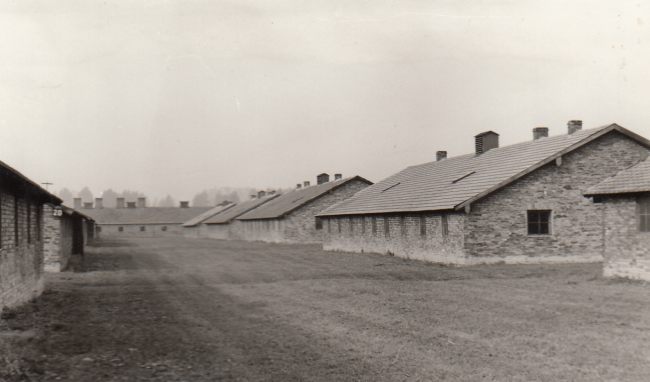In the initial period of operation, Auschwitz concentration camp, which was established in spring 1940, was an exclusively male camp. The end of March 1942 marked the first transport of women already accompanied by female SS guards to Auschwitz. The main reason for establishing a female section of Auschwitz was the fact that the only female concentration camp for women in Ravensbrück was already overcrowded. The SS authorities intended to simultaneously relieve Ravensbrück from incoming transports and empty the prisons overcrowded with women. The first female transport directed to Auschwitz concentration camp on March 26, 1942 consisted of 999 female prisoners, mostly of German descent, who received camp numbers from 1 to 999. Most of the prisoners coming from Ravensbrück were criminals and anti- socials, destined by the SS authorities to end up as block leaders and Capos in the newly established female section of Auschwitz. On the very same day, a couple of hours later the next transport reached Auschwitz with 999 Jewish women from Poprad in Slovakia, assigned camp numbers from 1000 to 1998. The prisoners were accommodated in a special section of the camp with blocks number 1-10 separated from the rest of the premises with a wall.

